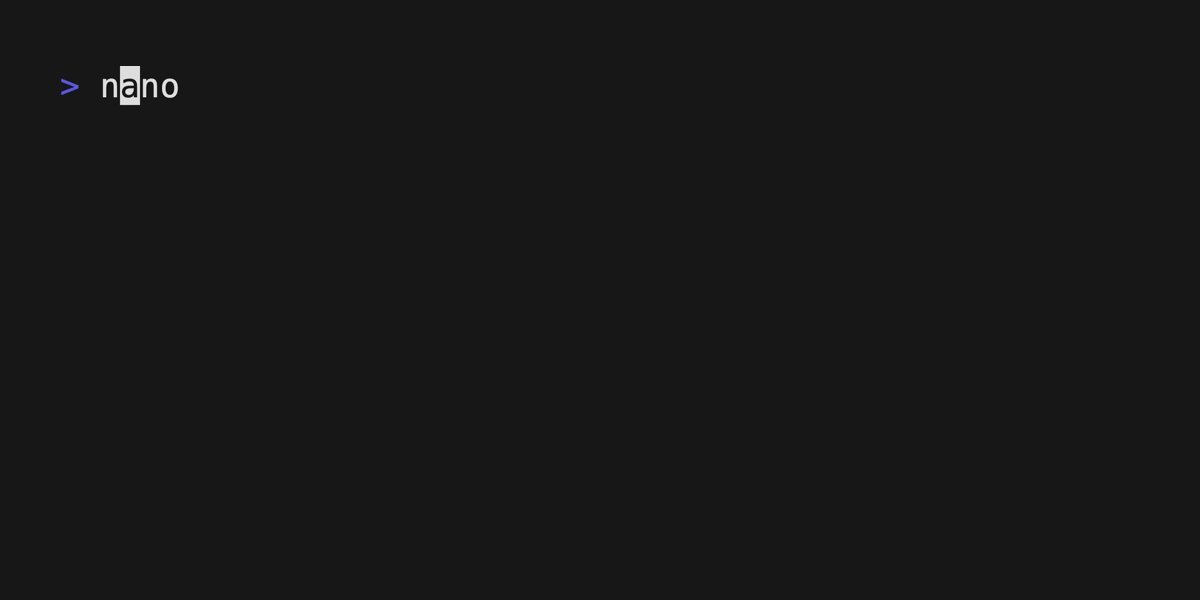npx nolita createBootstraps a template application built on Express, React, TypeScript, and the core Nolita framework for making a user-facing, web-enabled, agentic product.
For reference, the template repository resides at hdresearch/create. Upon running the create command, the repository is cloned, its dependencies are installed and example files are instantiated.
Please note that you will need to set up a .env file to use the application. You can copy and paste the example environment to modify it from there:
cp .env.example .envThe example application is extremely simple: it finds food from a specific location and outputs typed data, surfacing each step of the navigation in the console.
At the top of the App class in app/src/App.tsx you can start modifying the core objective:
// You can change the URL to any website for the objective.
const [url] = React.useState("https://www.google.com");
const [objective] = React.useState(
"where to find food in",
);
const [location, setLocation] = React.useState(
"West Village"
)Tweaking these default values will then tweak what is requested from the server in app/src/lib/events.ts:
eventSource = new EventSource(
`http://localhost:3040/api/browse?url=${encodeURIComponent(url)}&objective=${encodeURIComponent(objective)}%20${encodeURIComponent(location)}&maxIterations=10`,
);Which itself hits the server at /server/index.ts, running at port 3040 (in the dev environment) and taking in these parameters:
const answer = await agentBrowser.browse(
{
startUrl: req.query.url as string,
objective: [req.query.objective as string],
maxIterations: parseInt(req.query.maxIterations as string) || 10,
},
CustomSchema,
);And returning each step back to the EventSource in as a callback to the browser's Logger:
const logger = new Logger(["info"], (msg) => {
return res.write(`data: ${msg}\n\n`);
});For more information, continue reading about the folder structure.
